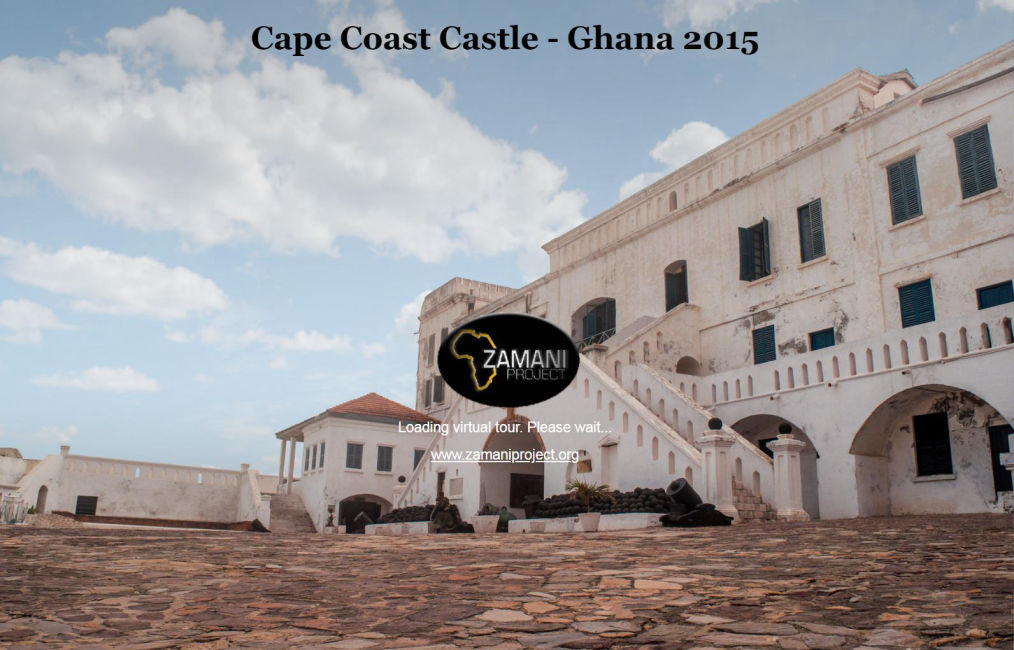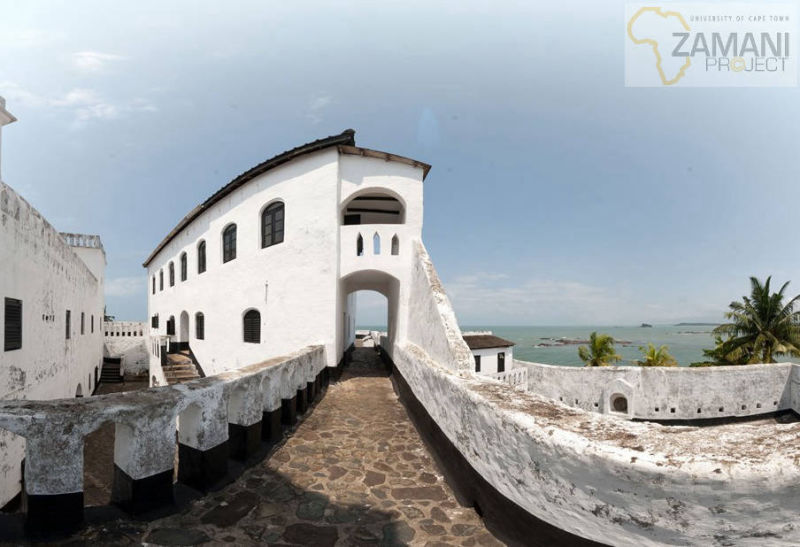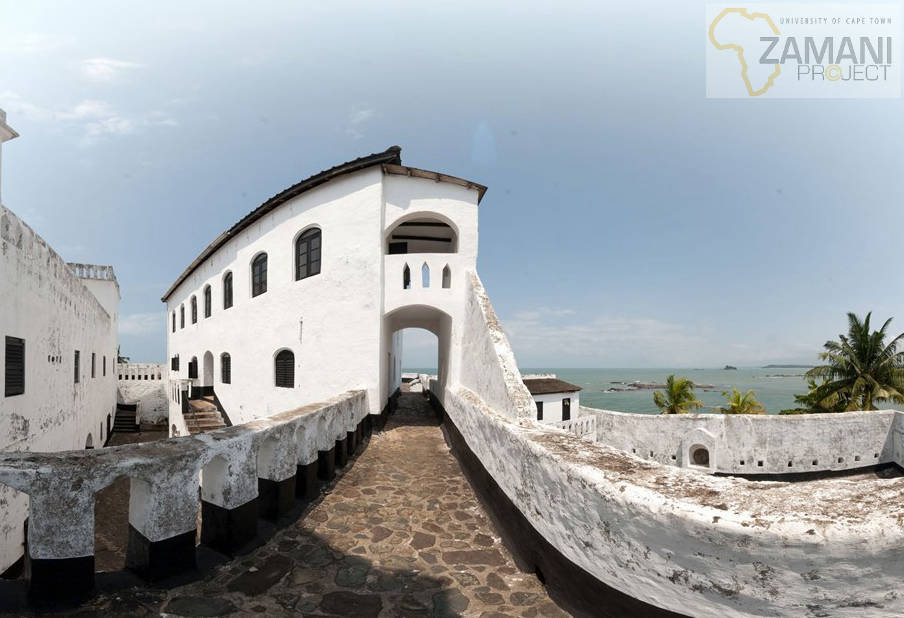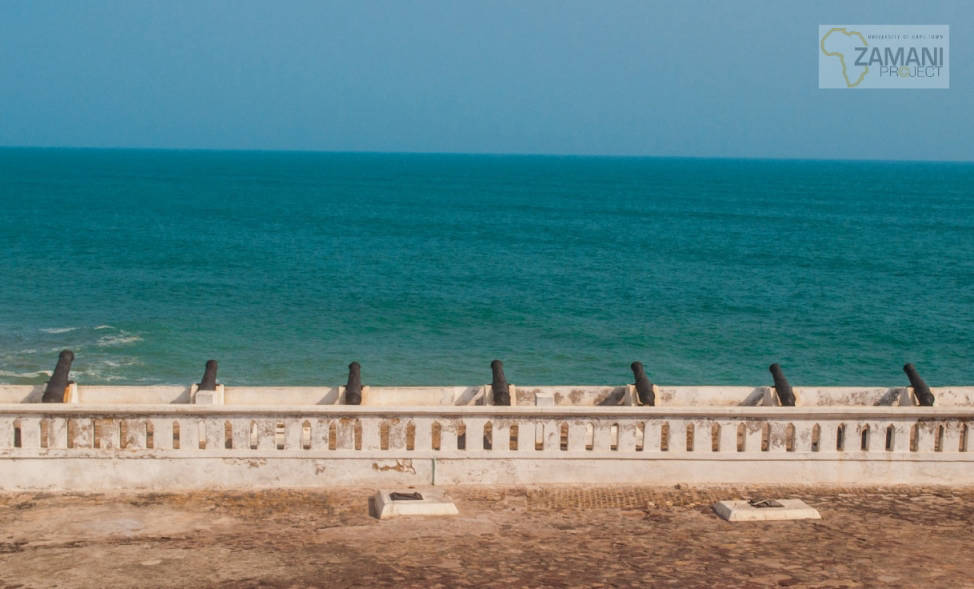Panorama Tour of
Cape Coast Castle
Full dome panoramas capture a full 360-degree view from a single position. Individual full dome panoramas can be merged into a panorama tour, which allows a user to freely move from one panorama position to another.








































